Geumneung Beach (금능해수욕장)
9.8Km 2024-07-17
119-10 Geumneung-gil, Hallim-eup, Jeju-si, Jeju-do
+82-64-728-3983
Clear waters, a beautiful beach with white sand and seashells, fantastic sunset, and the view of Biyangdo Island beyond sum up to describe Geumneung Beach. The white sandy beach where the bottom of the shallow, blue water is clearly seen creates an illusion that one can easily walk all the way to Biyangdo.
Geumneung Beach is directly connected to Hyeopjae Beach, another popular tourist spot on the west side of Jeju Island. However, despite the common charming elements the two beaches share, Geumneung Beach sees a relatively small number of visitors in comparison, so it exudes a more relaxing vibe. Moreover, the beach and the parking lot are directly connected, making it more convenient to move baggage and other belongings. The newly built showers supply warm water, which is another advantge of the beach.
It is recommended to visit the beach during the hours of ebb tide. Once the sea water recedes afar, a vast, beautiful sandy beach appears. The water is shallow in many parts where natural swimming pools are formed, allowing little children to be able to play safely.
Hyeopjaegul Lava Tube (Hallim Park) (협재굴(한림공원))
9.9Km 2025-03-13
300 Hallim-ro, Jeju-si, Jeju-do
+82-64-796-0001
Hyeopjaegul Lava Tube is one example of the lava tube systems of Jeju Island, along with Hwanggeumgul, Socheongul, Ssangyonggul and Manjanggul Lava Tubes. The cave is approximately 200 meters in length, 10 meters in x_width and 5 meters in x_height. It is thought to have been created by the lava that erupted from Hallasan Mountain some 25 million years ago. This cave uniquely contains features of both lava and limestone caves. The entire area surrounding the cave is a huge stratum of seashells and sand, while the interior of the cave has a mystical ambience due to its various formations such as stalactites and stalagmites, hanging from the ceiling and sprouting up from the bottom of the cave. The cave also features pillars formed when stalactites and stalagmites join together. The cave walls are covered in lime, which at times looks like beautiful cave paintings. The temperature inside the cave stays at 17~18℃ throughout the year, making the cave a welcome escape from the summer heat and a great place to keep warm during winter.
Hyeopjaegul Lava Tube has been designated Natural Monument No. 236 and ranks among the world’s major mysterious caves, such as the stone salt cave of Peru and the underwater limestone caves of Yugoslavia. As Hyeopjaegul Lava Tube is close to Ssangyonggul Lava Tube, the two can be visited on the same day.
Geumneung Port (금능포구)
9.9Km 2024-10-23
Geumneung-ri, Jeju-si, Jeju-do
A port with picturesque scenery
Geumneung Port, where fishing boats are anchored, is as beautiful as a picture, and has been used as the background for many scenes in the drama. The vacant lot with the pavilion, which was a place for women divers (Haenyeo) to talk, is also special to those who watched the drama. Because it is the place where Jeong-jun used to park the bus and spend intimate time with Yeong-ok. If you enter the breakwater behind it, there is a cute mural painted on it, and there is a white lighthouse at the end.
Citrus Gardening Café (시트러스 가드닝 카페)
10.3Km 2024-12-10
Citrus Gardening Café is a plant cafe located near Geumneung Beach. This cafe is located among basalt stone walls, the symbol of Jeju, and low-story buildings, all of which represent the island’s authentic local and natural scenery. The unique plants that thrive in relatively hot and humid island climate can be seen both indoors and outdoors, offering an interesting sight. The signature menu here is mazagran. The café’s original mazagran recipe mixes fresh fruits from Jeju with Portuguese-style coffee. The café also serves regular coffee, herbal tea, and matcha latte.
Ivar Garden (아이바가든)
10.4Km 2024-04-19
8 Goseongnamseo-gil, Aewol-eup, Jeju-si, Jeju-do
Ivar Garden is an immersive media art exhibition hall in Aewol-eup on Jeju’s northwest coast. The hall is divided into eight exhibition spaces, each with a unique theme like Dreamy, Industrial, Mystery, and Party. The exhibitions extend all the way to the floor and the ceiling for a fully immersive experience.
Jeju Equestrian Park (제주승마공원)
10.4Km 2024-05-08
152-1 Nokgome-gil, Aewol-eup, Jeju-si, Jeju-do
Jeju Equestrian Park, nestled in the mid-mountain meadows of Yusuam-ri, Aewol-eup, offers visitors the chance to immerse themselves in the island’s natural beauty on horseback. With the longest trekking course stretching 100 kilometers, the park presents a variety of routes tailored to individual preferences, including horse riding shows, a couples’ riding academy, a children's riding camp, and corporate horseback riding workshops for the perfect equestrian leisure experience. Safety is a top priority, ensured by the best instructors for a comfortable and secure riding experience, making it an accessible adventure for even novice riders.
Geumneung Seokmulwon (Geumneung Rock Park) (금능석물원)
10.8Km 2024-12-10
Jeju is often referred to as Samda-do, which can be translated to “island of three abundances,” because it has many stones, wind, and women. Stones from Jeju are prohibited from being taken out of Jeju and only processed stones are exported. The most well-known processed stone production in Jeju is dol hareubang (“stone grandfather”). Geumneung Rock Park is a place where travelers who are tired of seeing the same-old dol hareubang can appreciate the essence of Jeju stones. It is a park created on a 33,058m² site by master craftsman Jang Gong-ik, who has been making dol hareubang for about 40 years, expressing aspects of Jeju life through stones. The park has a Buddhist-friendly atmosphere overall with statues of Buddha, which are all works of Jang Gong-ik, who has maintained this place for decades.
Saebyeol Oreum (새별오름)
10.8Km 2025-03-13
San 59-8, Bongseong-ri, Jeju-si, Jeju-do
+82-64-740-6000
Located in Bongseong-ri, Aewol-eup, Jeju-si, Saebyeol Oreum (called Hyoseongak) is a parasitic volcano cone set alone that looks like a lonely star (Saetbyeol in Korean) in the night sky, giving this volcano cone its name. Based on the highest south peak, small peaks continue in the northwest direction, forming an oval-shape. The oreum is a mid-sized oreum among 360 oreums on Jeju Island and it features a stunning view from the peak of the beautiful ridges connecting to one another.
Jeju Fire Festival (제주들불축제)
10.8Km 2025-03-05
San 59-8 Bongseong-ri, Jeju-si, Jeju-do
+82-64-728-2753
Jeju Fire Festival is a representative cultural festival related to Jeju's culture of livestock care. Held every March at Saebyeoloreum Volcanic Cone, the night sky lights up with fiery red. The festival features a media façade show, torch march, fire show, and more as well as various programs and food trucks.
Jokeunnokkome Oreum Volcanic Cone (족은노꼬메오름)
11.0Km 2024-10-08
482-34 Sallokseo-ro, Aewol-eup, Jeju-si, Jeju-do
Jokeunnokkome Oreum Volcanic Cone gets its name, meaning "little high mountain" in the Jeju dialect, from its size and location near Nokkome Oreum Volcanic Cone. The name could lead to a misunderstanding, expecting this volcanic cone to over an easy hike up; the path is as difficult as any other, but offers stunning views of the nearby area, especially of the larger Nokkome Oreum.

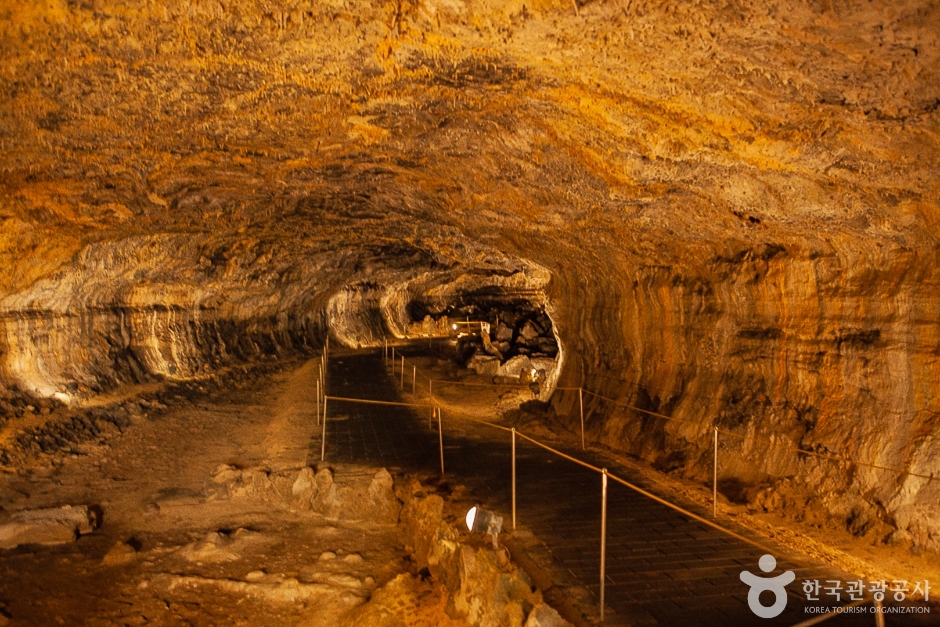

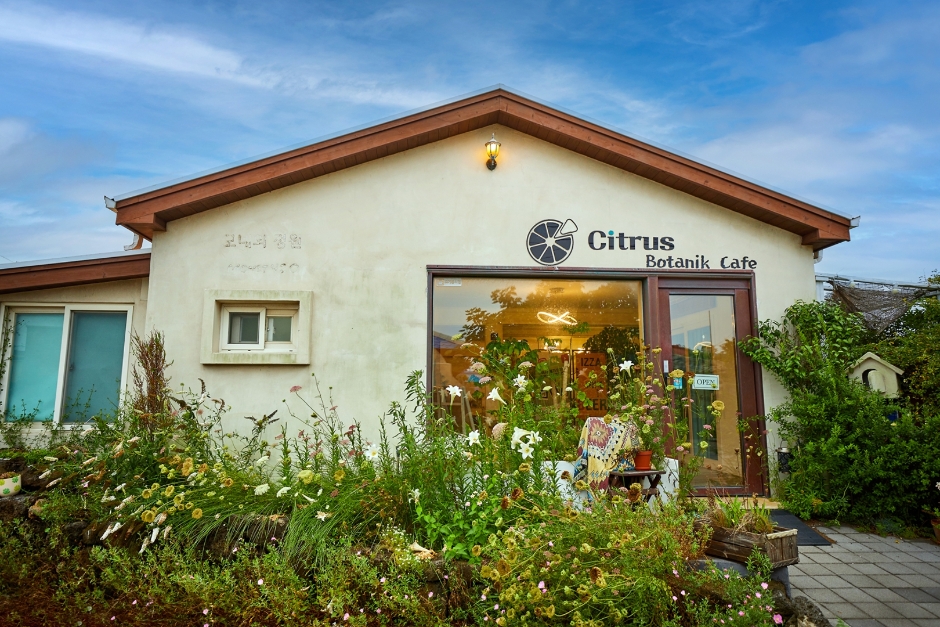
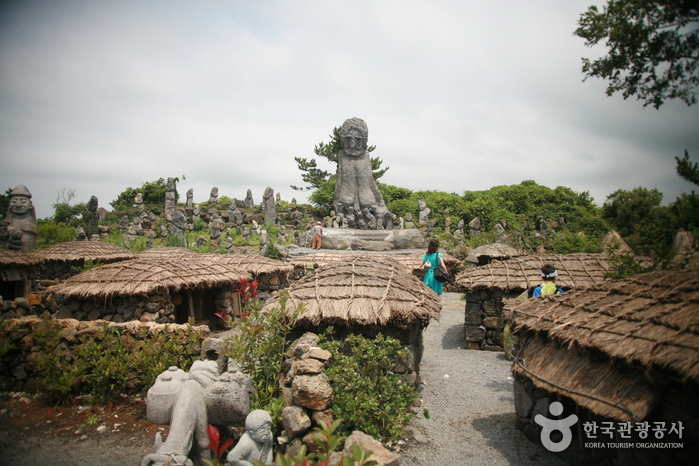
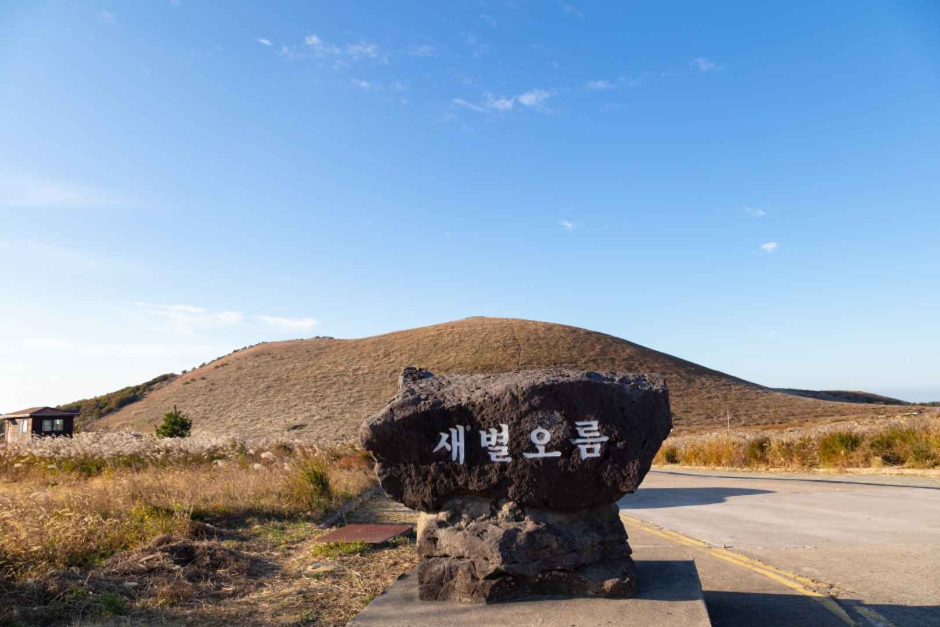
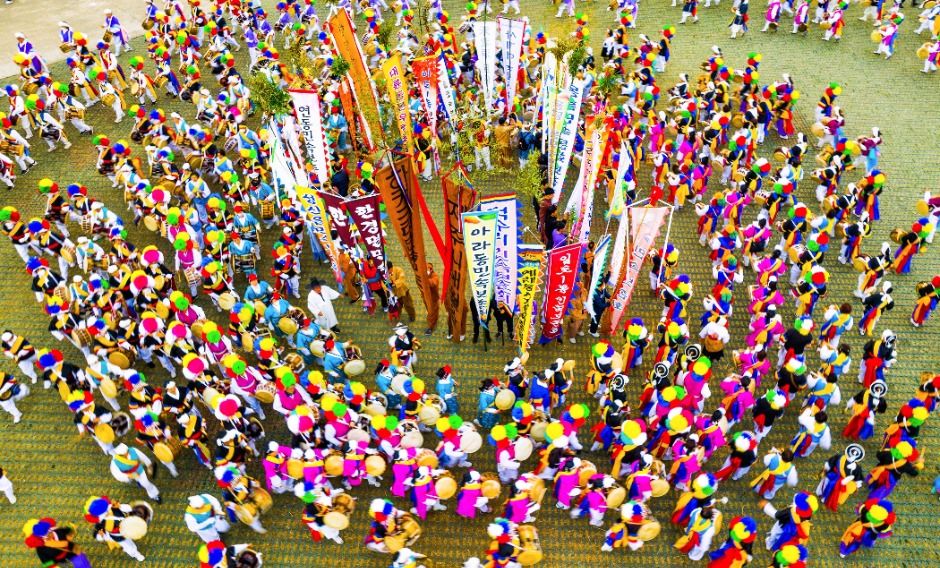
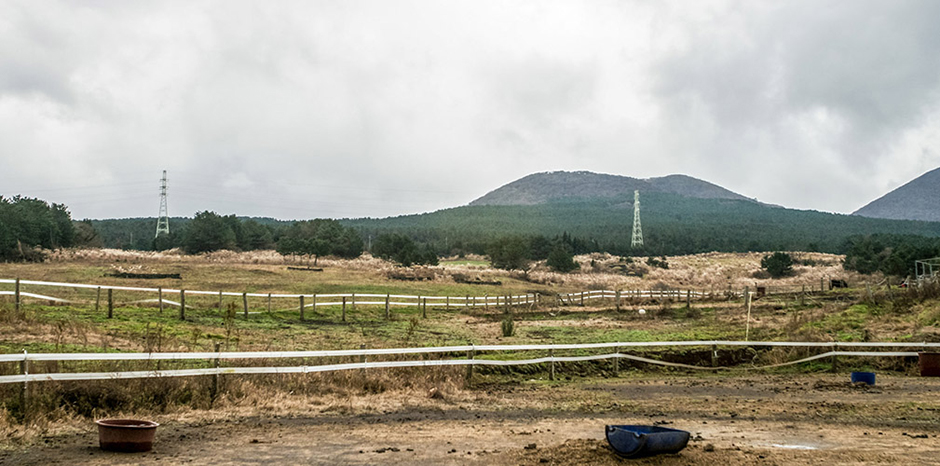
 English
English
 한국어
한국어 日本語
日本語 中文(简体)
中文(简体) Deutsch
Deutsch Français
Français Español
Español Русский
Русский